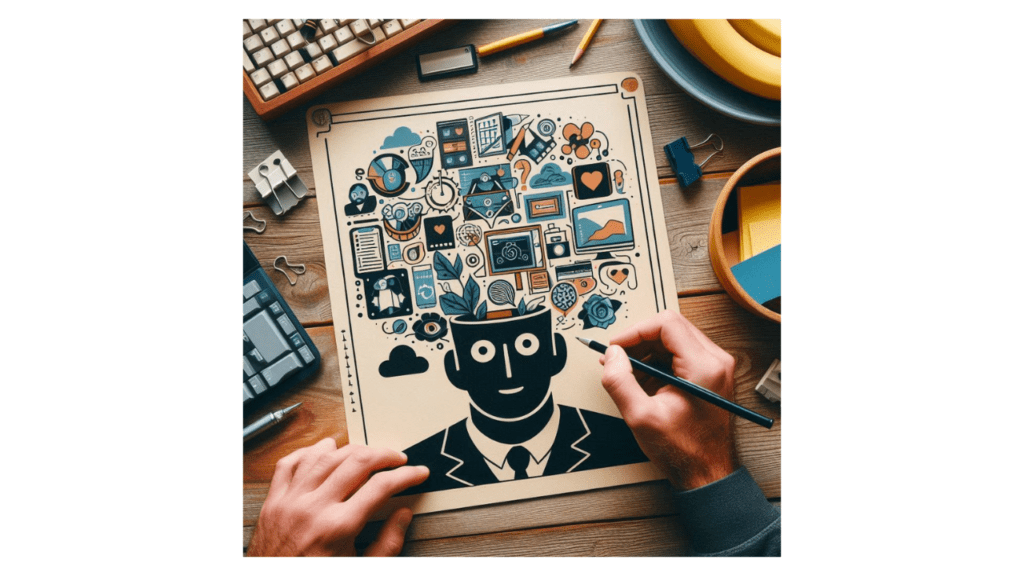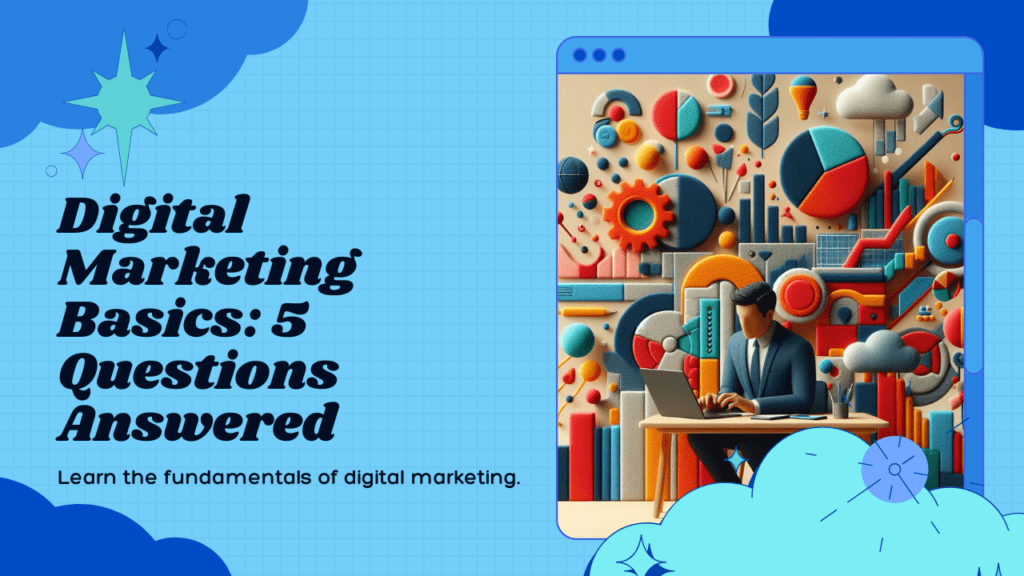Imagine a world. Where every article, video, and ad you encounter seems tailored specifically for you. As your favourite coffee shop. That knows your order before you even go inside. Welcome to the era of content personalisation. Where businesses use data and technology to create highly relevant experiences. That captivates audiences and drives unparalleled engagement. Are you ready to unlock the secrets behind this game-changing strategy? Let’s dive in.
Some businesses are highly effective at personalisation. They see a 40 per cent increase in revenue from these activities. Compared to their average counterparts.
What is the meaning of content personalisation?
This involves using data. To create and share content aimed at specific audiences or persons. It includes demographic, socioeconomic, and behavioural data. To tailor experiences, such as age, location, education level, and gender. Also, employment status, income, purchase history, and browsing history. The goal is to provide relevant experiences. That resonates with users’ wants and needs, ultimately driving conversions, sales, and loyalty. Essentially, it’s about making your readers feel understood and valued. By delivering content that aligns with their preferences and interests.
What are the benefits of content personalisation?
This customisation in digital marketing offers several benefits for both businesses and consumers:
1. Increased Engagement:
Personalised content captures users’ attention. By delivering information tailored to specific needs and interests. By providing information customised to specific requirements and interests.
2. Improved Customer Experience:
When users find content that addresses their problems. Or offers relevant solutions. They feel seen and understood, fostering loyalty and satisfaction.
3. Increased Conversions:
It guides users along their unique journey. Makes the path to conversion smoother.
4. Enhanced Customer Loyalty:
Satisfied customers become loyal advocates, encouraging positive word-of-mouth referrals.
5. Improved Marketing ROI:
Personalisation helps optimise marketing efforts. This gives higher returns on investment.
Statistics Highlighting Effectiveness of Such Pesonalisation:
Compelling statistics on the effectiveness of content customisation include:

- 97% of companies personalise experiences. Companies personalise experiences at least some of the time, with only 1% never doing so.
- 68% of companies exceed personalisation targets. Many companies report that their tailoring efforts have exceeded expectations.
- Only 32% of businesses fully personalise their content. Despite its benefits, most companies still have room for improvement in this field.
- 66% of customers expect brands to understand their requirements. Meeting customer expectations is crucial for effective personalisation.
- 62% of marketers believe content is the most used format for personalisation. Content plays a central role in delivering personalised experiences.
- A lack of personalised content results in an 83% lower response rate. In an average marketing campaign.
- Personalisation lifts revenues by 5–15%. Also, increases marketing spending efficiency by 10–30%.
- Personalised content encourages repeated purchases in nearly 78% of consumers.
- 99% of marketers believe personalisation advances customer relationships. With 78% claiming it has a “strong” or powerful impact.
- Over three-quarters of consumers’ opinion is noteworthy. According to them, personalised communications prompted them to consider a brand. Also, 78% said such content made them more likely to buy again.
- 89% of businesses invest in personalisation.
- 90% of marketers think personalization boosts profitability.
Types of Content Personalisation
This can be done through many ways:
1. GPS-Based Apps: Apps use location data to deliver specific content.
2. Interactive Content: Helps gather information to create tailored experiences.
3. Personalised Web Pages: Enhances engagement and conversions.
4. Email Marketing: Tailors content based on user preferences, behaviour, or demographics.
5. Retargeting Ads: Encourages users to return and make a purchase.
Methods and Technologies for Content Customisation
Common methods and technologies used in this include:
– Artificial Intelligence (AI) and Machine Learning (ML):
Analyse extensive datasets to extract valuable insights into customer behaviours, preferences, and needs.
– Smart CRM Systems:
Integrate AI and ML to enhance customisation and optimise operations.
Effective Strategies for Content Personalisation
Effective strategies for this include:
1. Collect and Analyse Data:
Segment your target audience based on demographics and behaviour.
2. Cater Content to Sales Funnel Stages:
Customise it based on where users are in their buying journey.
3. Personalise with Zero-Party Data:
Use data willingly shared by users to create targeted campaigns.
4. Real-Time ECommerce Personalisation:
Utilise dynamic content to customise the user experience.
5. Programmatic Targeting:
Serve personalised ads based on interests, behaviour, and context.
6. Email Campaign Customization:
Use segmentation and customisation tokens to tailor email messaging.
Best Practices for Successful Personalisation
To ensure successful customisation, marketers should:
1. Elevate social proof to a new level:
Use proximity campaigns to provide impactful social proof.
2. Leverage Programmatic Digital Out-of-Home (DOOH):
Deliver personalised messages based on segmented data.
3. Target Opt-In Clients with Account-Based Marketing (ABM):
Offer competitive pricing and trial opportunities.
4. Engage the Senses Virtually:
Make virtual experiences feel like face-to-face interactions by engaging all five senses.
Balancing Personalisation with Privacy
Balancing personalisation and privacy requires building trust. Communicating authentically, and empowering consumer data sharing. Strategies include being transparent about data collection. Obtaining informed consent, and offering privacy controls.
Tools for Personalisation
Recommended tools for this include:
HubSpot, Segment, Optimizely, Dynamic Yield, Evergage (Salesforce Interaction Studio):
Provide robust customisation capabilities and various pricing options.
Challenges and Solutions in Content Personalisation
Common challenges include managing large volumes of data, and ensuring data quality. Integrating customisation tools, and balancing personalisation with privacy concerns. Overcoming these challenges requires regular data cleaning. Meaningful segmentation, as well as investing in robust platforms.
Emerging Trends in Content Personalisation
Emerging trends include AI-driven customisation and privacy-conscious personalisation. The use of first-party data, and personalised mobile experiences. Curated subscriptions, and facial recognition technology.
Future of Content Personalisation
The future of this customisation looks promising. With advancements in AI and big data integration. Digitization of physical spaces, and enhanced user engagement across platforms. Expect a more personalised and data-driven landscape. Where businesses link with consumers on a deeper level.
Conclusion
Key takeaways
Content personalisation tailors content to specific audiences using demographic, behaviour, and preference data. It drives conversions, increases sales, and fosters loyalty by delivering relevant experiences. Customisation enhances user experience and marketing ROI by addressing individual needs. Methods include GPS-based apps, personalised web pages, email marketing, and retargeting ads. Successful customisation balances privacy with trust. For that, it utilises AI, ML, and CRM systems to optimise campaigns and relationships.
Final tips for businesses looking to get started with this
Start with content customisation. Collect and analyse data to understand your audience’s demographics, behaviours, and preferences. Implement AI and machine learning to process this data for precise targeting. Create personalised content for different sales funnel stages. Use CRM systems, personalised web pages, and tailored email campaigns. To enhance engagement and conversions. Balance customisation with privacy. By being transparent about data collection and ensuring user consent. These steps help deliver relevant experiences, driving customer loyalty and improving marketing ROI.
What action are you taking? To integrate content customisation into your marketing strategy. Are you implementing personalised emails, targeted ads, dynamic web content etc.? Start your journey towards effective content personalisation and share experiences!



